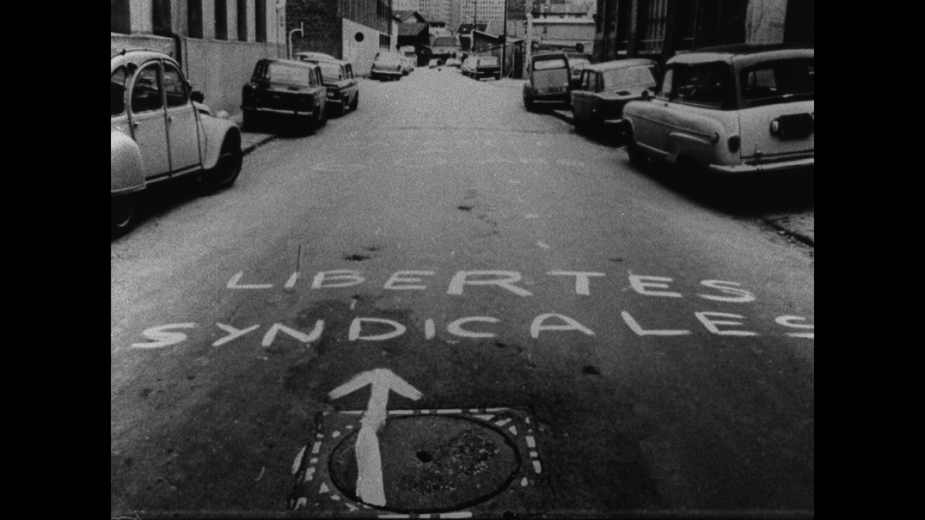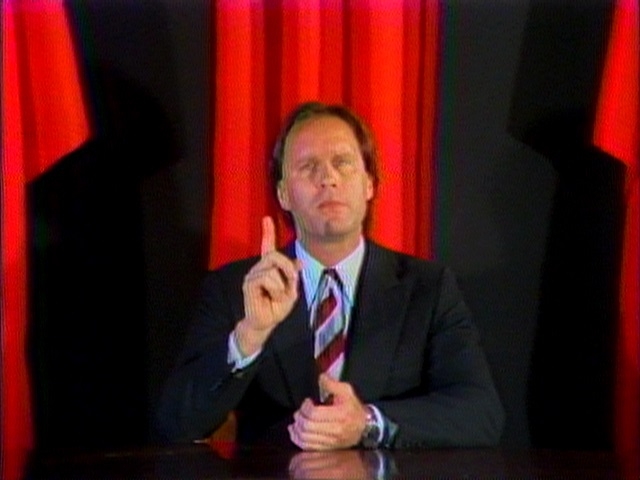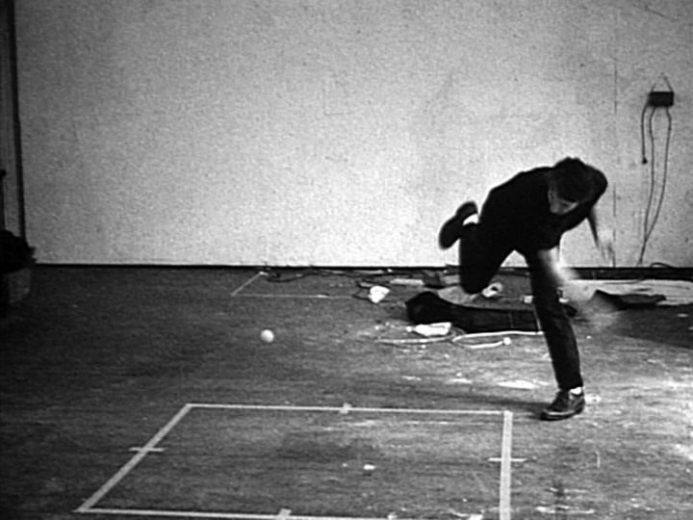
On the harsh nakedness of truth — the diaphanous mantle of fantasy
Eça de Queiroz in A Relíquia [The Relic], 1887
Videoart in August #1
In partnership with Horta Seca, organiser of the festival Temps d’Images and Fuso – Festival de Vídeo Arte Internacional de Lisboa, maat presents On the harsh nakedness of truth, a one-month video art festival divided into four sessions that will take place on Saturday afternoons.
The theme of the project is truth, inspired by this iconic phrase by Eça de Queiroz — “On the harsh nakedness of truth — the diaphanous mantle of fantasy.” (A Relíquia [The Relic], 1887) — and the thought that underlies it: that fantasy often allows a truth to be conveyed or revealed.
Four renowned curators from the field of international video art were invited to create a proposal within the maat Mode 2020 programme for each session: Jean-François Chougnet, art director of FUSO and director of MUCEM; Tom Van Vliet, founder of the World Wide Video Festival; Bernardette Caille, editorial director and independent curator; and Lori Zippay, executive director of Electronic Arts Intermix (USA).
The screenings will be presented starting at 5pm and will be accompanied by a commentary from each curator:
Programme #1
Guest curator: Jean-François Chougnet
"When I have to explain video art to people who don't really understand it, I often make the analogy with literature. I tell them: imagine a world where the only existing forms of literature are journalism and some novels: there are no poets, no poetry. It's kind of my position on television. In other words, my work is an expression of myself. I know it's true for other people who make images, but the expression seems more metaphorical, or mediated by other elements. For me, it's always about keeping my work as close as possible to its source", says Bill Viola. The program is structured around three ways of detecting the truth — and the lie — of images: Doug Hall's true-false propaganda, the individualization borrowed from Jung's psychology by Bill Viola and the facets of the archive by Akram Zaatari.
Jean-François Chougnet (France) is the artistic director of FUSO – Anual de Videoarte Internacional de Lisboa, and has dedicated his career to cultural policies. He was Managing Director of Villette, Paris (2001 – 2006). In 2005, he was the General Commissioner of the Year of Brazil in France. He directed the Muse Coleção Berardo, in Lisbon (2007 – 2011). In 2011, Jean-François Chougnet became CEO of Marseille-Provence Capital of European Culture 2013. Since 2014 he is the President of the Musée des Civilisations de l'Europe et de la Méditerranée, in Marseille, France.
This Is the Truth, Doug Hall
3’30’’, 1982
Political hyperbole and media rhetoric are the focus of This iI the Truth, in which Hall confronts the calculated platitudes and contrived gestures that signify "truth" in a media-saturated society. In a characterization that is part dictator and part preacher, Hall, flanked by emblematic red banners, recites a litany of clichés: "Mind your superiors... Obey the laws... Leave politics to the politicians..." The monotonous repetition of these aphorisms imbues them with a sinister, Orwellian ambiguity. Through theatricality and spectacle, this work continues Hall's investigation of the manipulation of images and language as signs of power.
A member of the seminal multimedia collectives Ant Farm and T.R. Uthco in the 1970s, Doug Hall produced video works in the 1980s that analysed symbols and icons of power in contemporary culture, an inquiry that led him to examine spectacle and theatricality, political authority and the mass media, and the apocalyptic sublime in nature.
Truth through Mass Individuation, Bill Viola
10’13’’, 1976
The title of Truth through Mass Individuation references Carl Jung. The principle of individuation, or principium individuationis, describes the manner in which a thing is identified as distinguished from other things. The concept appears in numerous fields and is encountered in works of Carl Gustav Jung. An isolated figure is seen performing successively more aggressive actions — dropping a cymbal among a flock of pigeons, firing a rifle in a deserted city street. In the fourth and final stage, his luminous image, spotlit against the dark night, merges in the distance with a roaring crowd in an outdoor stadium.
Bill Viola is a major figure in video art. His works, which have received international recognition, are distinguished by a confluence of allegorical resonance and virtuosic control of technology. Viola explores video's temporal and optical systems to metaphorically examine modes of perception and cognition, and ultimately chart a symbolic quest for self. His ritualized investigations of visual and acoustic phenomena, illusion and reality, achieve a poetic articulation of visionary transcendence.
Saida June 6th 1982, Akram Zaatari
90’, 2002
Akram Zaatari's works take archives as a starting point — a diary, articles, TV or radio infos — and ask the question of what history does: how its "truths" are revealed and disguised by the production and circulation of images. Saida June 6th 1982, showing the movements of the camera, is a photographic montage. The work shows us the bombing of the city of Saida on June 6, 1982, the date of the Israeli army's invasion of Lebanon. Makes the gesture of composing the image visible.
Born in 1966, in Saida (Lebanon), the member of The Arab Image Foundation Akram Zaatari developed artworks focused on Lebanon’s history and its bordering conflicts. His films and video installations put into play archive footage, testimonies and representative situations of the living conditions of his country. Being between reality and fiction is a way of pointing to the dimension created by History and the images that document it.


